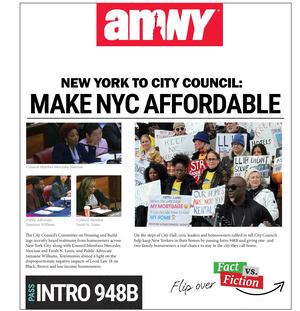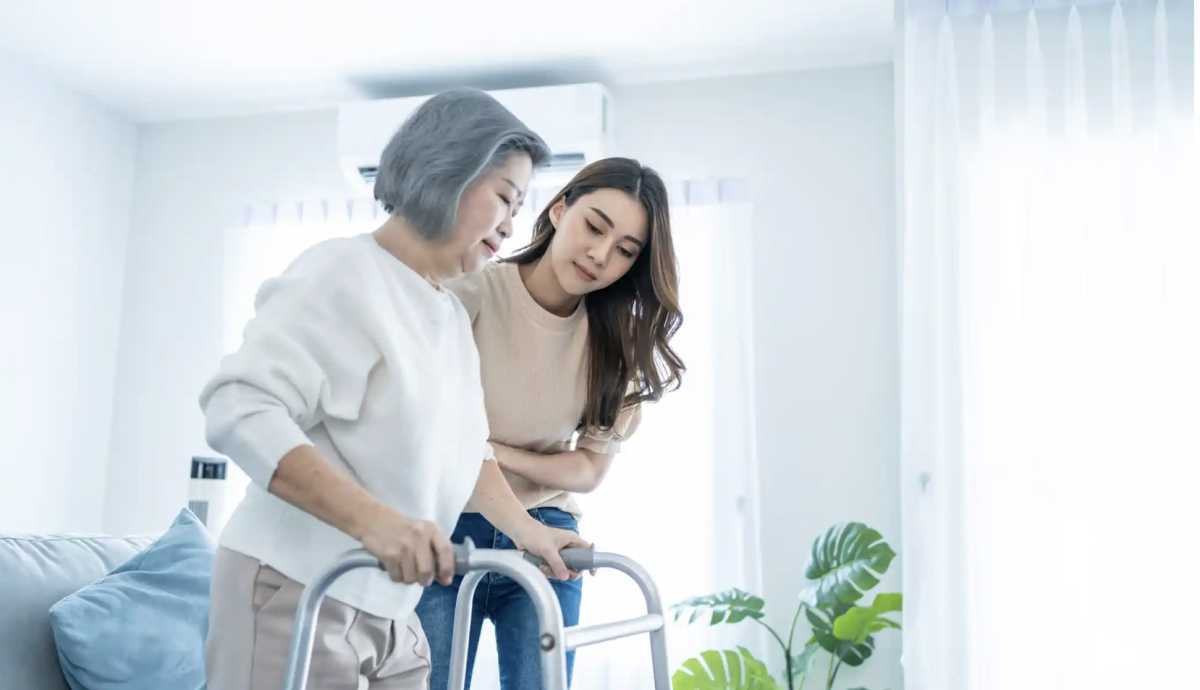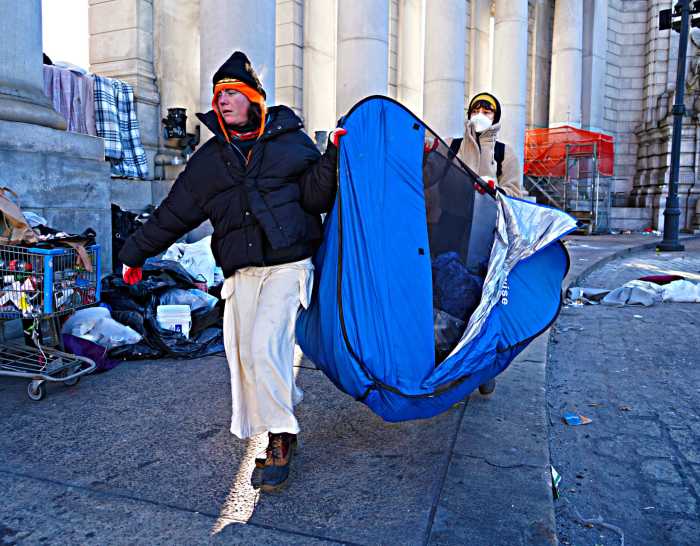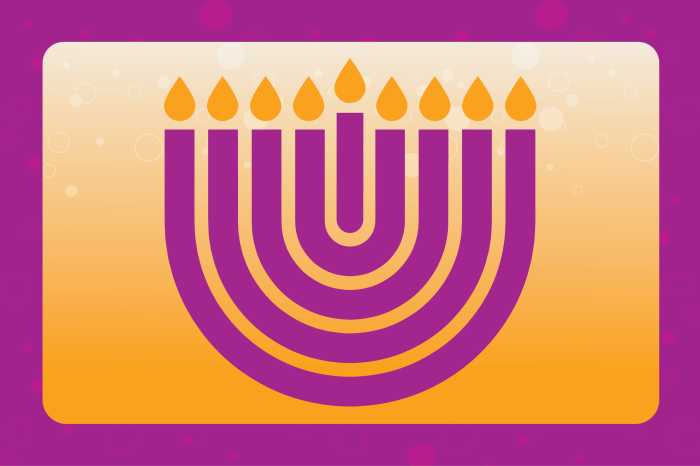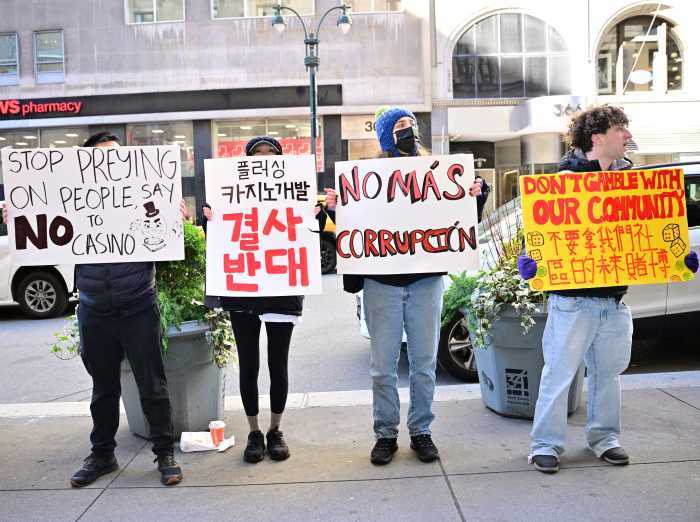Every November, the country observes National Family Caregivers Month – a tribute to the millions of Americans who help aging parents, disabled spouses, or loved ones with chronic conditions. But once the tributes end, the reality continues. On any given morning commute on the subway or bus, chances are one of the riders alongside you is juggling a full-time job and a second, hidden shift as a family caregiver. In New York City alone, up to 1.3 million adults are caring for someone they love while managing their own work and family responsibilities – often without recognition, compensation, or support.
These caregivers keep families together, stabilize communities, and quietly fill the gaps in our strained healthcare and long-term care systems. Yet we continue to expect them to shoulder this responsibility alone, and the costs on them are becoming unsustainable. If New York, and the nation, want to avoid a deepening caregiving crisis, we must treat caregiver support as critical to a functioning society. We can no longer afford to let caregivers remain invisible.
Caregivers are essential, but they are exhausted. Many spend more than 30 hours a week helping a loved one manage medications, attend appointments, or complete daily tasks – all while holding full-time jobs and navigating their own responsibilities. These are New Yorkers who wake before sunrise to help an elderly parent or make medical appointments during their lunch breaks. They don’t complain; they simply keep going. Yet this invisible force that upholds our families and neighborhoods is stretched to its breaking point.
At my job, I meet caregivers across the five boroughs, and both their heart and their grit is humbling. They speak different languages and have different backgrounds, but the theme I hear most often is exhaustion. Studies show that care-related concerns are the single most common reason employees leave the workforce. What caregivers need most isn’t just more hours in the day to avoid burnout. They also need compassionate, flexible resources that understand the complexity of their responsibilities and the stress that keeps them up at night.
Some solutions are emerging. On-demand, one-on-one expert guidance can ease the burden, especially for caregivers who need help outside traditional business hours. At Healthfirst, we’ve incorporated Carallel’s caregiver support services as a benefit in our CompleteCare plan. Carallel’s care advocates help caregivers with everyday challenges and longer-term planning, such as care coordination, transportation referrals, home safety tools and emergency preparedness, and provide a safe space to get advice on difficult topics. They also offer support in prioritizing self-care in multiple languages – crucial in a city where caregiving is deeply shaped by cultural diversity.
Caregiving is complicated and personal, and digital tools alone are not enough. The family caregivers in our city each face unique challenges shaped by their familial, cultural and economic circumstances. Supporting their varied needs requires a range of culturally competent solutions – from bilingual on-demand support for managing daily responsibilities and coaching on specific caregiving problems to in-person support groups and respite programs. Whether it’s a care manager explaining care options in Spanish or a community resource fair offering a few hours of relief, the goal is the same: to make caregiving just a little bit easier.
It is critical that caregivers feel seen and heard. Many tell me they feel isolated and long for connection with others who understand and share their experience. For the past three years, our organization has worked with the Department of Aging to host an annual gathering of caregivers during National Family Caregivers Month that celebrates their resilience and provides practical guidance on the medical, financial, logistical and social aspects of care. These are meaningful steps, but they are not enough. Caregivers are running a marathon and need support every day of the year. Each of us can play a role, even if it is simply checking in on a colleague or neighbor who is caring for a loved one, offering help with an errand, or reminding them they are not alone.
By 2030, New Yorkers aged 60 and older will represent as much as a quarter of each borough’s population. How we care for seniors who have built our communities and enriched our lives is a complex question – and family caregivers will continue to be the foundation of that answer. On National Family Caregivers Month, let us recommit to making sure they no longer remain invisible.
